Myths about teaching can hold you back
- Year 5
Explain the use of the commutative and associative laws when multiplying three or more numbers
I can explain the use of the commutative and associative laws when multiplying three or more numbers.
- Year 5
Explain the use of the commutative and associative laws when multiplying three or more numbers
I can explain the use of the commutative and associative laws when multiplying three or more numbers.
These resources were made for remote use during the pandemic, not classroom teaching.
Switch to our new teaching resources now - designed by teachers and leading subject experts, and tested in classrooms.
Lesson details
Key learning points
- You can change the order of the factors or group them in different ways and the product remains the same.
- The commutative and associative laws can be used to make calculations more efficient.
Keywords
Commutative - The commutative law states that you can write the values of a calculation in a different order without changing the solution; the result is the same. It applies to addition and multiplication.
Associative - The associative law states that it doesn't matter how you group or pair values (i.e. which we calculate first), the result is still the same. It applies to addition and multiplication.
Common misconception
Pupils only ever calculate an equation from left to right.
Ensure pupils are given time to explore where the commutative law might be best used and where the associative law might be better used. Pupils should be expected to reason why they have chosen to adopt a strategy.
To help you plan your year 5 maths lesson on: Explain the use of the commutative and associative laws when multiplying three or more numbers, download all teaching resources for free and adapt to suit your pupils' needs...
To help you plan your year 5 maths lesson on: Explain the use of the commutative and associative laws when multiplying three or more numbers, download all teaching resources for free and adapt to suit your pupils' needs.
The starter quiz will activate and check your pupils' prior knowledge, with versions available both with and without answers in PDF format.
We use learning cycles to break down learning into key concepts or ideas linked to the learning outcome. Each learning cycle features explanations with checks for understanding and practice tasks with feedback. All of this is found in our slide decks, ready for you to download and edit. The practice tasks are also available as printable worksheets and some lessons have additional materials with extra material you might need for teaching the lesson.
The assessment exit quiz will test your pupils' understanding of the key learning points.
Our video is a tool for planning, showing how other teachers might teach the lesson, offering helpful tips, modelled explanations and inspiration for your own delivery in the classroom. Plus, you can set it as homework or revision for pupils and keep their learning on track by sharing an online pupil version of this lesson.
Explore more key stage 2 maths lessons from the Multiply 3 or more numbers (commutative and associative laws) unit, dive into the full primary maths curriculum, or learn more about lesson planning.

Equipment
Licence
Prior knowledge starter quiz
6 Questions
Q1.What multiplication fact does this array represent?
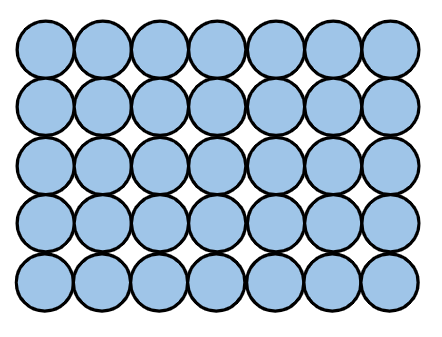
Q2.What are the factors shown by this array?
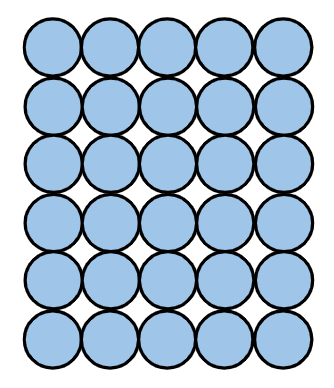
Q3.Which of these are correct arrays for 36?
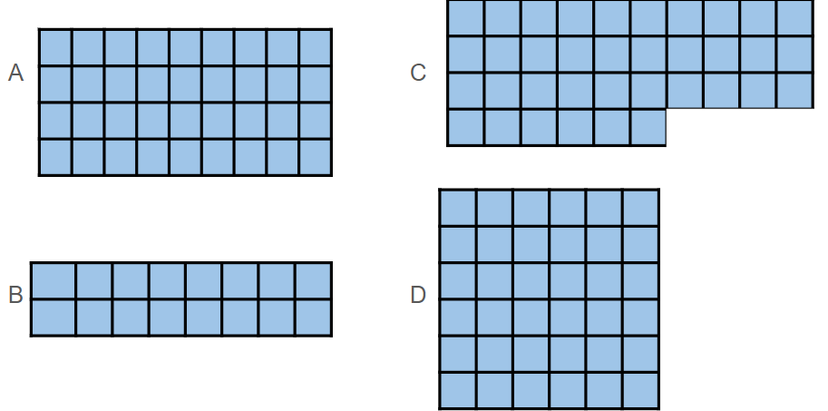
Q4.Complete the missing factor: 7 × = 56
Q5.Which of these are not factors of 40?
Q6.Which factor is missing from the factor bug?
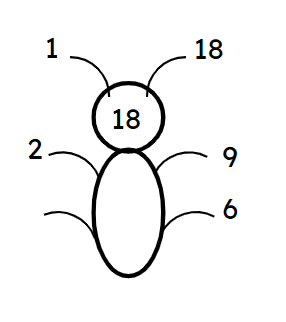
Assessment exit quiz
6 Questions
Q1.Look at the image. What does the number 3 represent in this expression? 2 × 3 × 4
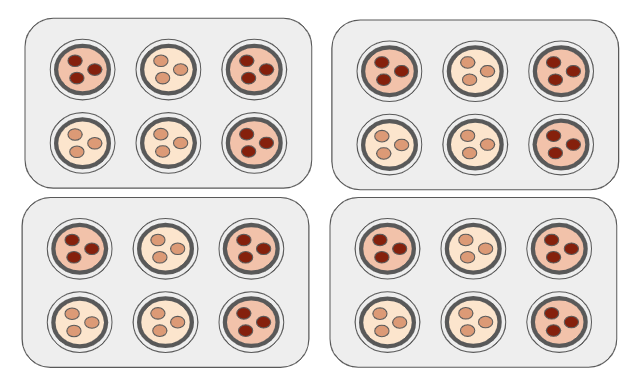
Q2.One layer has three rows and four columns. There are two layers. What does the 3 represent?
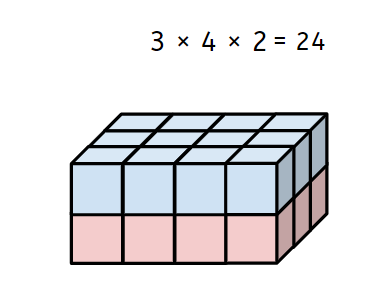
Q3.Select the equation that most accurately matches this representation.
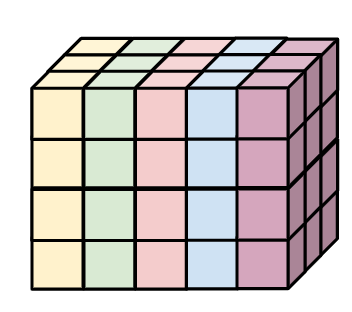
Q4.Select the missing equation?
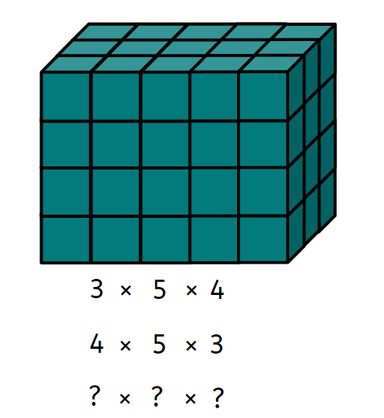
Q5.Look at the equation. Which two numbers would you multiply together first? 3 × (4 × 6)
Q6.Match the statements.
Multiply different pairs of factors & the product will stay the same.
Changing the order of the factors, the product remains the same.


